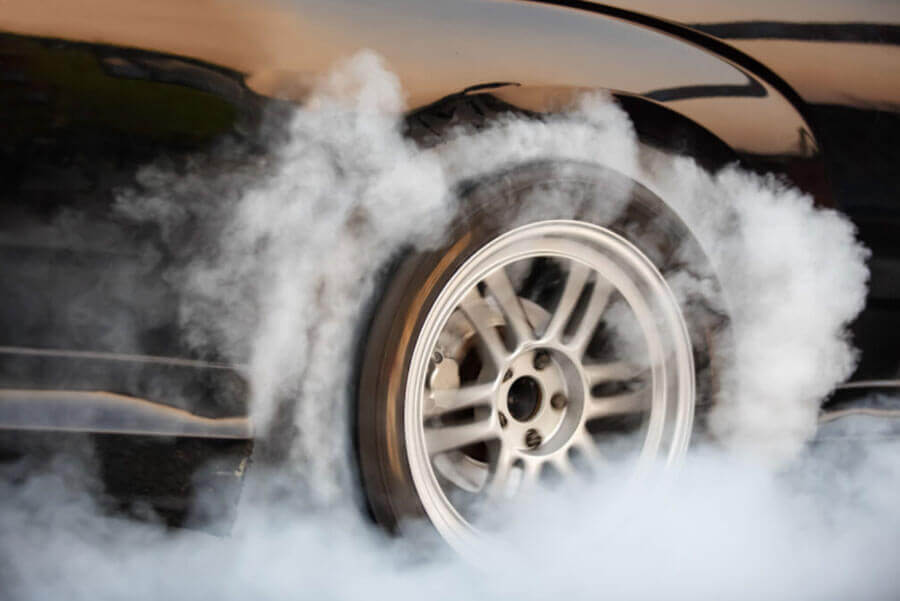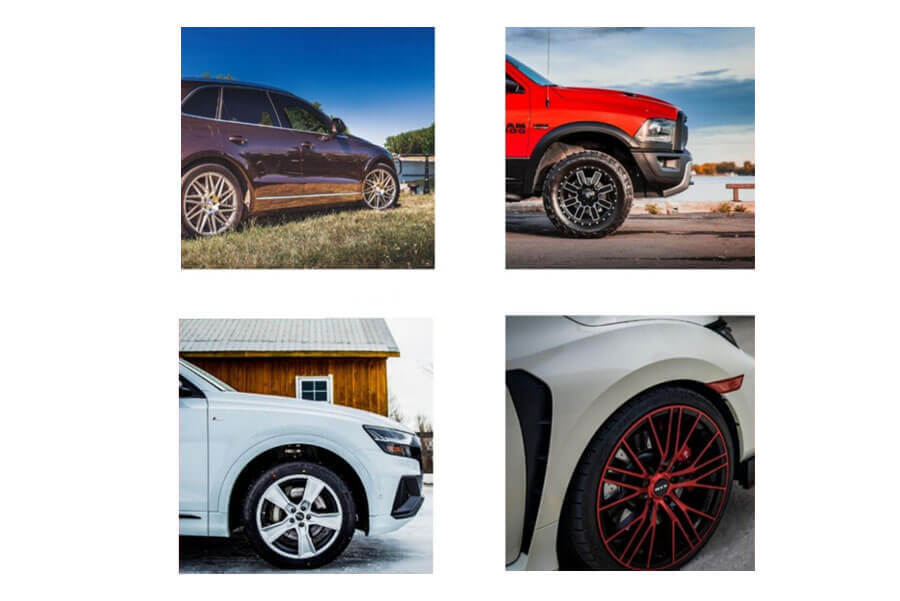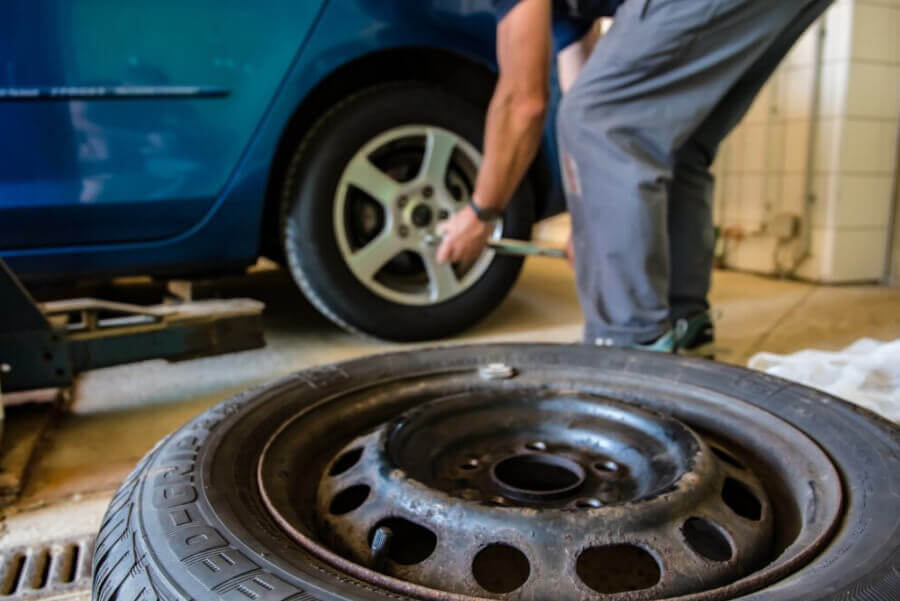I am not a race car driver. My job has given me a lot of experience, and I’ve even taken several advanced driving courses. I’m not the kind of person who will do anything to finish first. And the helmet is far from being an advantage for me!

I can safely say that I can handle a track but nothing more.
This experience of driving on a track, however, is indispensable in my job. Because it is often in these circumstances that we push the car to its maximum limits (well, my limits more than the car’s, let’s be serious).
It also makes you aware of the importance of all the car’s components. The engine, of course, but also the aerodynamics, the weight transfer, the braking… and the tires.
Screeching tires at 200 km/h
I’ve had the opportunity to experience many things on the track, some of which are perfect for my humility. For example, I experienced a full lap at Mosport with none other than Sebastian Vettel as a driver.
I slalom with Mark Webber and drove a few kilometres of Spanish roads with former world rally champion Walter Rorhle in a Porsche 911 turbo. I was even treated to a Lamborghini lap in England by the very famous and very anonymous Stig from the Top Gear show.
 Each time, I was amazed at their absolute mastery of the car’s handling. And, of course, by the mechanical and physical response of the vehicle. But it was when I got behind the wheel myself that I was able to appreciate it more.
Each time, I was amazed at their absolute mastery of the car’s handling. And, of course, by the mechanical and physical response of the vehicle. But it was when I got behind the wheel myself that I was able to appreciate it more.
I learned, for example, that warming up the tires is not a whim when driving at full speed. On a track outside of Salt Lake City, without listening to my instructor, I pushed the Porsche I was driving down a straight line at over 200 mph. Unfortunately, at the end of that straight was a sharp 90-degree turn.
Cold tires, hard braking, I was left with a spectacular skid, loud tire screeching (and widely heard by all onlookers judging by the heavy stares), and a nice scare of never being able to catch the line.
The lesson is simple: never overestimate the grip of your tires, no matter how good they are. Once warmed up, these same tires literally stuck to the road, but the first few laps quickly taught me how to treat them well.
More stable corners
Another detail and another lesson of humility. On a Spanish circuit, driving a performance Mercedes, a few of us journalists were testing tires on a circuit, following a lead car driven by a professional driver.
 Underneath each car were different tires, ranging from the softest road tire to the most streamlined performance tire. Driving the street tires, every turn became an experience in itself. You had to work to maintain speed and direction and try to keep the optimal trajectory.
Underneath each car were different tires, ranging from the softest road tire to the most streamlined performance tire. Driving the street tires, every turn became an experience in itself. You had to work to maintain speed and direction and try to keep the optimal trajectory.
With the performance tires on, the steering suddenly became lighter due to the smaller, stiffer sidewalls, which prevented the tires from being out of alignment. Obviously, the speed was then higher and easier to maintain.
However, we made up for it on the rough road from the hotel to the track. While the performance tires severely impaired the comfort of the vehicle.
The lesson here is simple: the sidewalls of your tires are meant to act as a shock absorber on the road. Too high and too soft; however, they become a handicap in dynamic driving, causing the wheels to bounce at the least opportune moment.
Conclusion
P erhaps you already knew all this. But did you take these factors into consideration when buying tires for your car? Maybe not, and that’s why it’s essential to seek the advice of a competent tire consultant when choosing your next tires.
erhaps you already knew all this. But did you take these factors into consideration when buying tires for your car? Maybe not, and that’s why it’s essential to seek the advice of a competent tire consultant when choosing your next tires.
Your new car is equipped with tires designed for it by the manufacturer. However, when it’s time to replace them, seek expert advice, whether it’s at Blackcircles.ca or elsewhere. You’ll find that you’ll be much more efficient and comfortable on the road.






